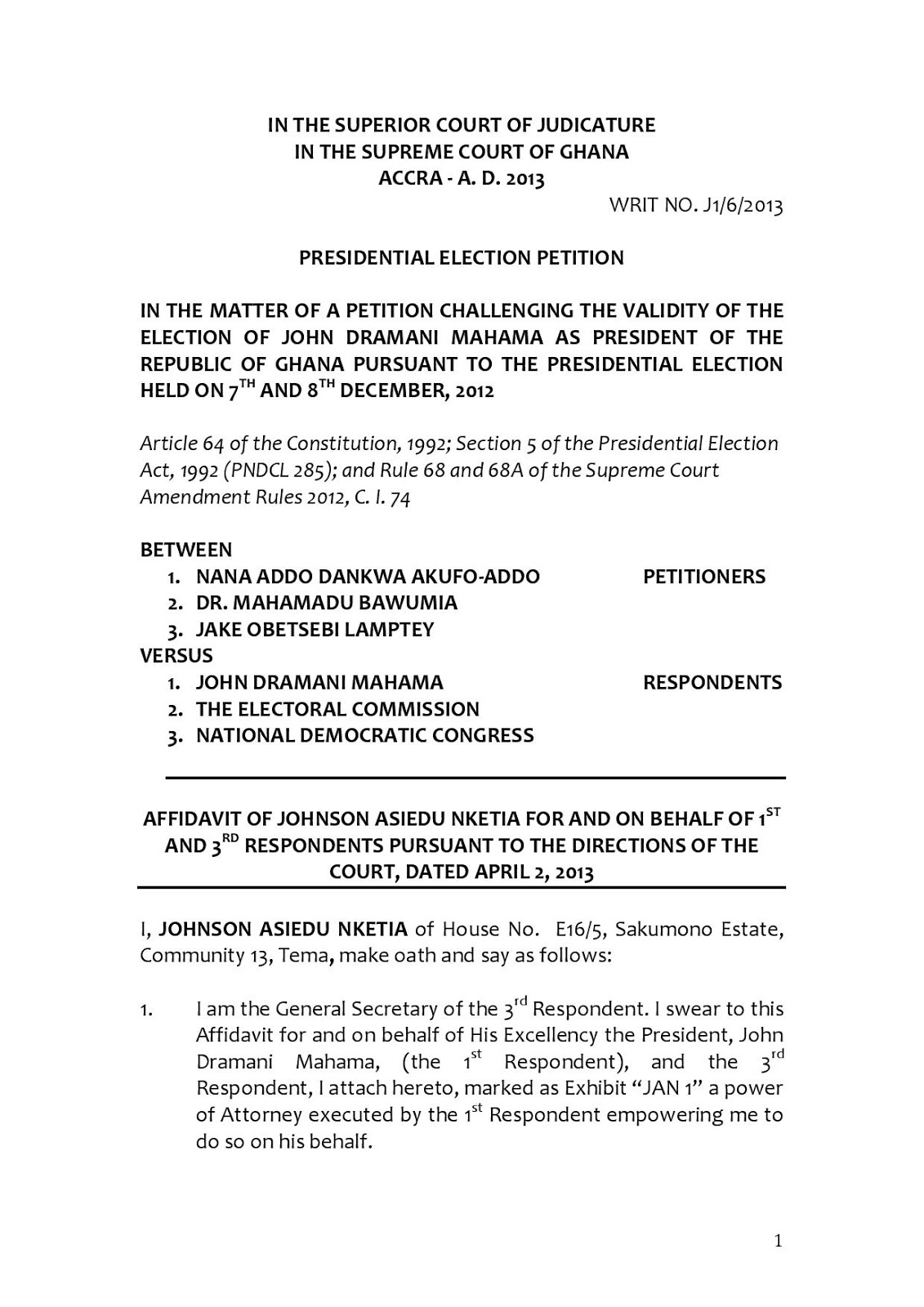Iphone 5S Finger Print Scanner Hacked By "Chaos Computer Club"
Chaos Computer Club breaks Apple TouchID
The biometrics hacking team of the Chaos
Computer Club (CCC) has successfully bypassed the biometric security of
Apple's TouchID using easy everyday means. A fingerprint of the phone
user, photographed from a glass surface, was enough to create a fake
finger that could unlock an iPhone 5s secured with TouchID. This
demonstrates – again – that fingerprint biometrics is unsuitable as
access control method and should be avoided.
Apple had released the new iPhone with a
fingerprint sensor that was supposedly much more secure than previous
fingerprint technology. A lot of bogus speculation about the marvels of
the new technology and how hard to defeat it supposedly is had dominated
the international technology press for days."In reality, Apple's sensor has just a higher resolution compared to the sensors so far. So we only needed to ramp up the resolution of our fake", said the hacker with the nickname Starbug, who performed the critical experiments that led to the successful circumvention of the fingerprint locking. "As we have said now for more than years, fingerprints should not be used to secure anything. You leave them everywhere, and it is far too easy to make fake fingers out of lifted prints." [1]
The iPhone TouchID defeat has been documented in a short video.
The method follows the steps outlined in this how-to with materials that can be found in almost every household: First, the fingerprint of the enroled user is photographed with 2400 dpi resolution. The resulting image is then cleaned up, inverted and laser printed with 1200 dpi onto transparent sheet with a thick toner setting. Finally, pink latex milk or white woodglue is smeared into the pattern created by the toner onto the transparent sheet. After it cures, the thin latex sheet is lifted from the sheet, breathed on to make it a tiny bit moist and then placed onto the sensor to unlock the phone. This process has been used with minor refinements and variations against the vast majority of fingerprint sensors on the market.
Update:
The process described above proved to be somewhat
unreliable as the depth of the ridges created by the toner was a little
too shallow. Therefore an alternative process based on the same
principle was utilized and has been demonstrated in an extended video
available here. First,
the residual fingerprint from the phone is either photographed or
scanned with a flatbed scanner at 2400 dpi. Then the image is converted
to black & white, inverted and mirrored. This image is then printed
onto transparent sheet at 1200 dpi. To create the mold, the mask is then
used to expose the fingerprint structure on photo-senistive PCB
material. The PCB material is then developed, etched and cleaned. After
this process, the mold is ready. A thin coat of graphite spray is
applied to ensure an improved capacitive response. This also makes it
easier to remove the fake fingerprint. Finally a thin film of white wood
glue is smeared into the mold. After the glue cures the new fake
fingerprint is ready for use.
"We hope that this finally puts to rest the illusions people have about fingerprint biometrics. It is plain stupid to use something that you can´t change and that you leave everywhere every day as a security token", said Frank Rieger, spokesperson of the CCC. "The public should no longer be fooled by the biometrics industry with false security claims. Biometrics is fundamentally a technology designed for oppression and control, not for securing everyday device access." Fingerprint biometrics in passports has been introduced in many countries despite the fact that by this global roll-out no security gain can be shown.
iPhone users should avoid protecting sensitive data with their precious biometric fingerprint not only because it can be easily faked, as demonstrated by the CCC team. Also, you can easily be forced to unlock your phone against your will when being arrested. Forcing you to give up your (hopefully long) passcode is much harder under most jurisdictions than just casually swiping your phone over your handcuffed hands.
Many thanks go to the Heise Security team which provided the iPhone 5s for the hack quickly. More details on the hack will be reported there.
Source: http://www.ccc.de


Comments
Post a Comment